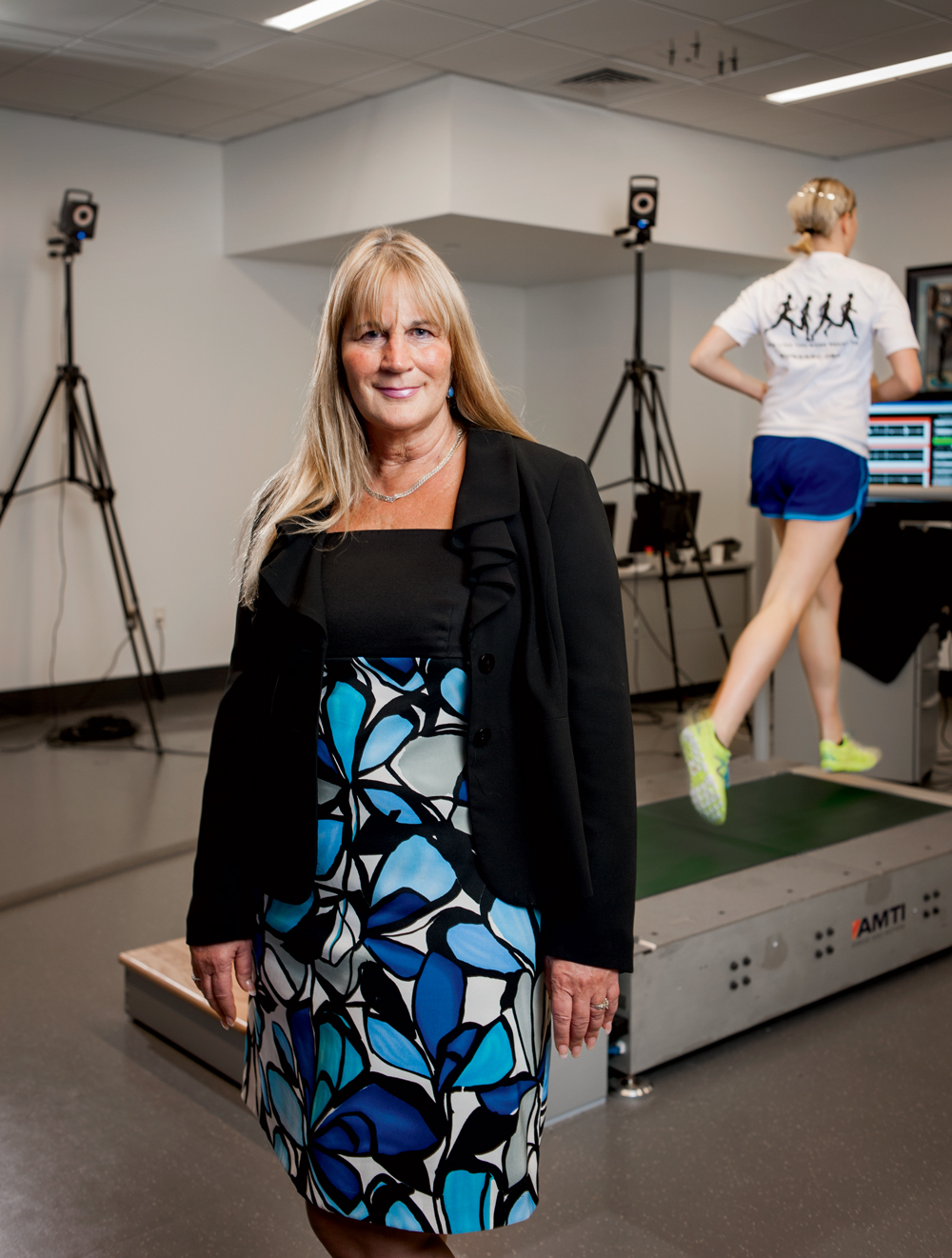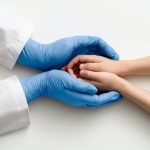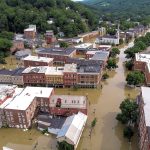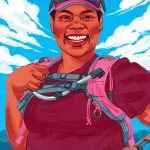If we were born to run, why do our knees hurt so much? | The Big Question
Harvard medical researcher Irene Davis, Ph.D., believes that our knees hurt because a lot of what we understand about running is wrong. She also believes something else the world might not be ready for: that a person can be retrained to run differently to lessen the chance of injury, not to mention ridicule. Dr. Davis, […]

Coffee By Design | Portland, Maine
Photo Credit : Katherine KeenanHarvard medical researcher Irene Davis, Ph.D., believes that our knees hurt because a lot of what we understand about running is wrong. She also believes something else the world might not be ready for: that a person can be retrained to run differently to lessen the chance of injury, not to mention ridicule. Dr. Davis, 59, uses a variety of tools in her Cambridge, Massachusetts, lab—instrumented treadmills, high-speed cameras, and hawkeyes like herself and her assorted assistants—to create kinder, gentler running styles. We caught up with Dr. Davis at her office and clinic at the new Spaulding National Running Center.
![Dr. Irene Davis at the Spaulding National Running Center: “We get [runners’] histories, assess their structure, and then see what they look like running on the treadmill … We do run naturally … but not everybody develops the patterns that are best for them.”](https://newengland.com/wp-content/uploads/2016/01/Irene-Davis.jpg)
Photo Credit : Jared Leeds
I’ve been around runners now for 25 years. When I first started out in physical-therapy school, I didn’t know that this is what I’d be doing. As a student, I loved physics, loved the human body. You start down a path and certain things get presented to you. I’ll never forget one of the first people I saw in a running-injury clinic. He’d trade one injury for another as long as he could run. He’d run one way until his tibia hurt, then he’d run another way until his Achilles hurt. Then he’d start the process again. I remember thinking, ‘Wow, this guy isn’t going to stop. He’s going to do whatever it takes to run.’”
—
“For most of the people I see, running is an integral part of who they are. When they can’t run, they don’t feel like themselves. When people come to me, it’s the last stop. They’re all abilities, all ages. They’ve tried everything else—massage, new shoes, orthotics—and none of it has worked. We get their history, assess their structure, and then see what they look like running on the treadmill. What we see is just like when you sit and watch a race. You’ll see people bouncing—sort of loping, really—or shuffling, or eggbeatering, with their legs whipping out to the side. Most have no idea what they’re doing until we show them on video. It can be surprising. Not everybody runs like Bill Rodgers. We do run naturally—nobody teaches us—but not everybody develops the patterns that are best for them.”
—
 “Solving the mystery of what’s causing pain is why I’m still in this. I’ve always liked mysteries. When I was 15 and my family lived in Sandwich on the Cape, I wrote to J. Edgar Hoover and told him I wanted to work for the FBI. I got a letter back signed by him that said they didn’t let females in, but I could be an administrative assistant. That didn’t go over well with me. Remember Agent 99? She was my hero. I wanted that magic lipstick, where I could kiss people and kill them. I love problem solving. For me an injured runner is a puzzle you’ve got to solve.”
“Solving the mystery of what’s causing pain is why I’m still in this. I’ve always liked mysteries. When I was 15 and my family lived in Sandwich on the Cape, I wrote to J. Edgar Hoover and told him I wanted to work for the FBI. I got a letter back signed by him that said they didn’t let females in, but I could be an administrative assistant. That didn’t go over well with me. Remember Agent 99? She was my hero. I wanted that magic lipstick, where I could kiss people and kill them. I love problem solving. For me an injured runner is a puzzle you’ve got to solve.”
—
“When I moved back to the area [after many years at the University of Delaware], one of the things I couldn’t wait to do was volunteer at the Boston Marathon. My husband, Darrell Davis, who was in Special Forces, and I were assigned to a section of the finish-line medical tent. In 2013 we were going to leave but decided to stay for the last big wave of runners. It wasn’t five minutes later that the first bomb went off. Then the second. I knew from my husband that it was a bomb; he’d been in Iraq and knew exactly the sound of bombs like that. We couldn’t see anything from where we were, but the police said that the bomb went off at the finish line. And then they started bringing them in. Basically what you do is you take vitals, clean and wrap wounds, talk to people, tell them you’re not going to leave them, get them to breathe. There’s no morphine, no medication for pain, and some were in a lot of pain. I didn’t even think to call my family to tell them I was all right, because it was intense. Something that seemed like three hours long all happened in about an hour.”
—
“I was able to get through it because I felt as though I was able to help. We did stay connected with an individual whom we treated in the tent. She’s just an amazing young lady, and that was really healing for me, to be able to know that she made it, she did well, and she didn’t lose her leg. She asked Darrell and me to come back with her to the bombing site for her first time. She will run again.”







